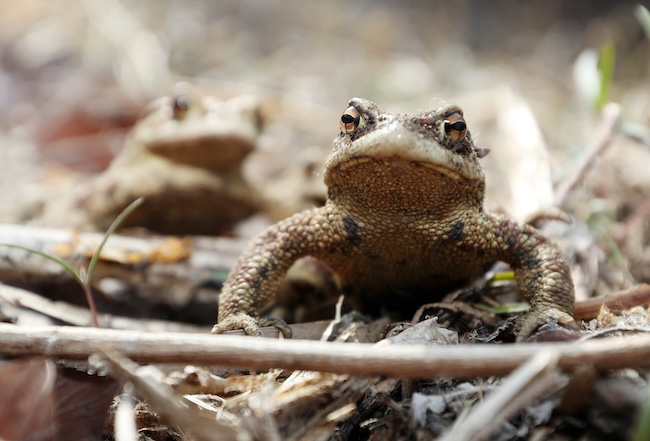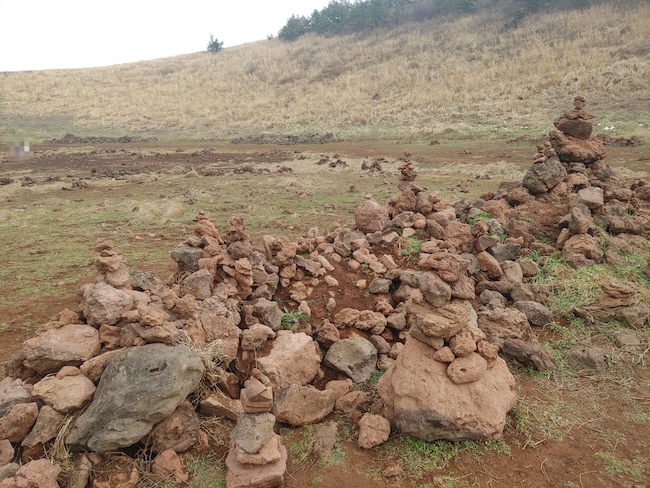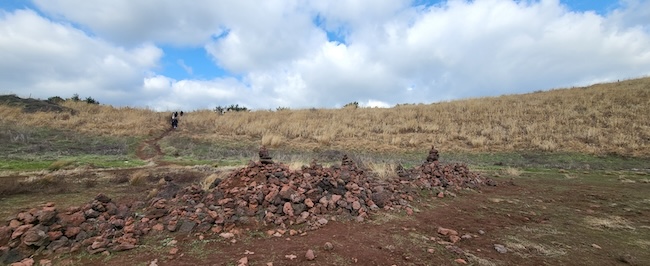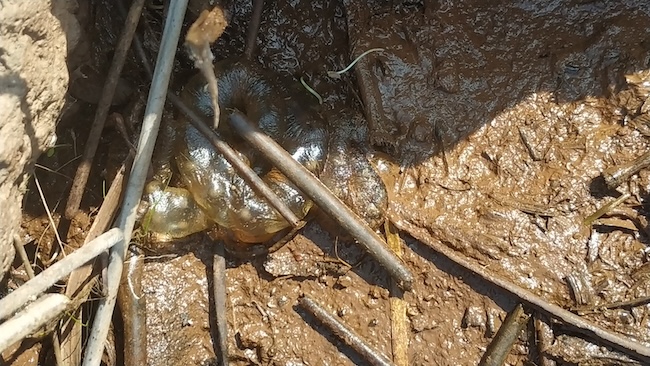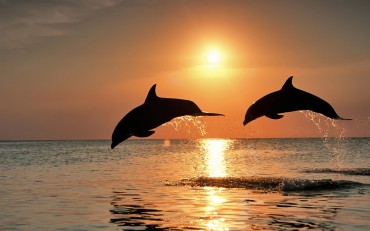JEJU, Jan. 30 (Korea Bizwire) – At the summit crater of Geum Oreum in Hallim-eup, Jeju City, stone towers built by visitors wishing for good luck have created a landscape resembling a fortress.
This act of relocating stones to build towers has exposed the bare earth of the surrounding marsh within the crater, posing a significant ecological threat.
The stones, once scattered across the crater, have been piled up layer by layer, depriving amphibians such as the gold-spotted pond frog of their hiding places, endangering their survival.
In the almost treeless and shrubless Geum Oreum crater, volcanic scoria provides the only shade for amphibians, which rely on shaded areas to breathe properly through their skin. The removal of stones by visitors to construct these towers complicates this breathing process.
Following an awareness campaign about the amphibians’ crisis in Geum Oreum conducted by the Jeju branch of the Korea Federation for Environmental Movements last April, the Jeju Provincial Government dismantled the stone towers, restored the site, and installed signs discouraging the construction of new towers. However, less than a year later, unaware visitors have started building stone towers again.
Geum Oreum is known for its deep crater at the summit, approximately 52 meters deep, containing a crater lake marsh called ‘Geumakdam’.
This marsh, rich in organic matter, is home to a variety of amphibians, including the gold-spotted pond frog, a Class 2 endangered species designated by the Ministry of Environment, as well as the Jeju salamander and the Korean treefrog.
According to the Korea Federation for Environmental Movements, last year saw the confirmation of over 330 gold-spotted pond frogs and around 100,000 frog eggs in this area.
With the breeding season for amphibians approaching, there is an urgent need for protective measures. Choi Seul-gi, director of the Ecology Conservation Department at the Jeju branch of the Korea Federation for Environmental Movements, emphasized, “To ensure that legally protected species like the gold-spotted pond frog are no longer threatened, the administrative authorities must implement proactive measures and establish conservation strategies for the Geum Oreum crater marsh.”
Image courtesy of Yonhap, the Korea Federation of Environmental Movements Jeju / photonews@koreabizwire.com


